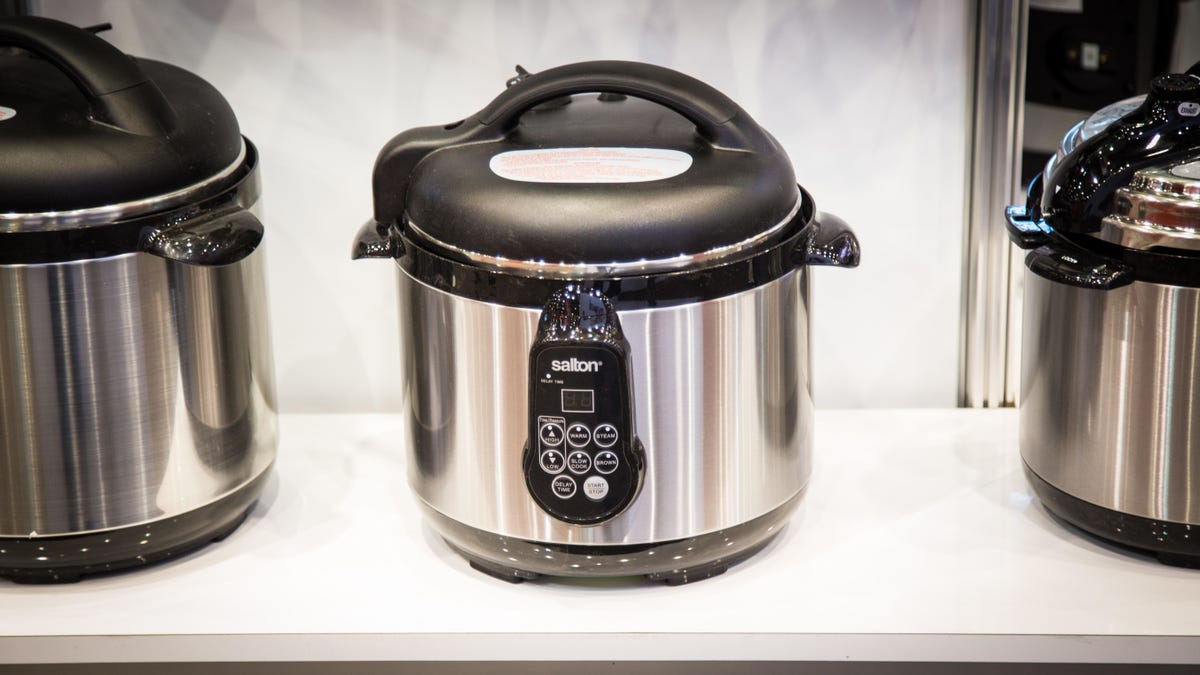Why your kitchen needs a pressure cooker
They are the magicians of the culinary world.

Pressure cookers are often the star appliances of cooking show competitions. With only an hour on the clock, scrappy contestants use them to cook food that would normally take all afternoon. While it may seem magical, there's a science behind how it works.
I like to think of pressure cookers as slow cookers on jet fuel. They produce tender, juicy meats and flavorful broths just like their counterparts, but faster. I've cooked dried pinto beans in 45 minutes in my pressure cooker. Compare that to the 4 hours they take to cook on the stove and the 8 hours (or longer!) they would take to cook in my slow cooker, and you see what a time saver it is.
Let's explore the different types of pressure cookers, and of course, how they work.
Types of pressure cookers
Though there are many different types of pressure cookers -- from stove-top versions to Instant Pots – they all have, more or less, the same basic features. They all consist of a metal pot with a lid that seals airtight, and a pressure-relieve valve on top.
Electronic versions produce heat through heating plates while the stove-top models get heat from the stove. Electric pressure cookers also have automatic pressure sensors, while the stove-top versions have gauges on top.
Here's a look at some modern, electric versions:
Why pressure cookers are so darn fast
Now, we get to the science. In a pot of boiling water, the water temperature can only reach 212 degrees Fahrenheit (100 degrees Celsius) and no hotter. This is because the water turns to steam at 212 degrees and is released into the air.
In a pressure cooker the steam is trapped, creating 10 to 15 pounds of pressure per square inch. This causes the water to remain in liquid form beyond the boiling point, from 212 up to 250 degrees Fahrenheit (100 to 121 degrees Celsius). The high pressure also forces water into the food, making it juicier.
The high temperatures make the food cook very quickly. For every 41 degrees Fahrenheit (5 degrees Celsius) that the temperature rises above boiling, the cooking time is cut in half. For you, that means dinner is done faster than ever before.
Ready to take the plunge and get one? Check our full coverage of pressure cookers and Instant Pots to learn more and pick the right model for you.
Worried about pressure cooker safety? Here's how to stay safe while using one.

